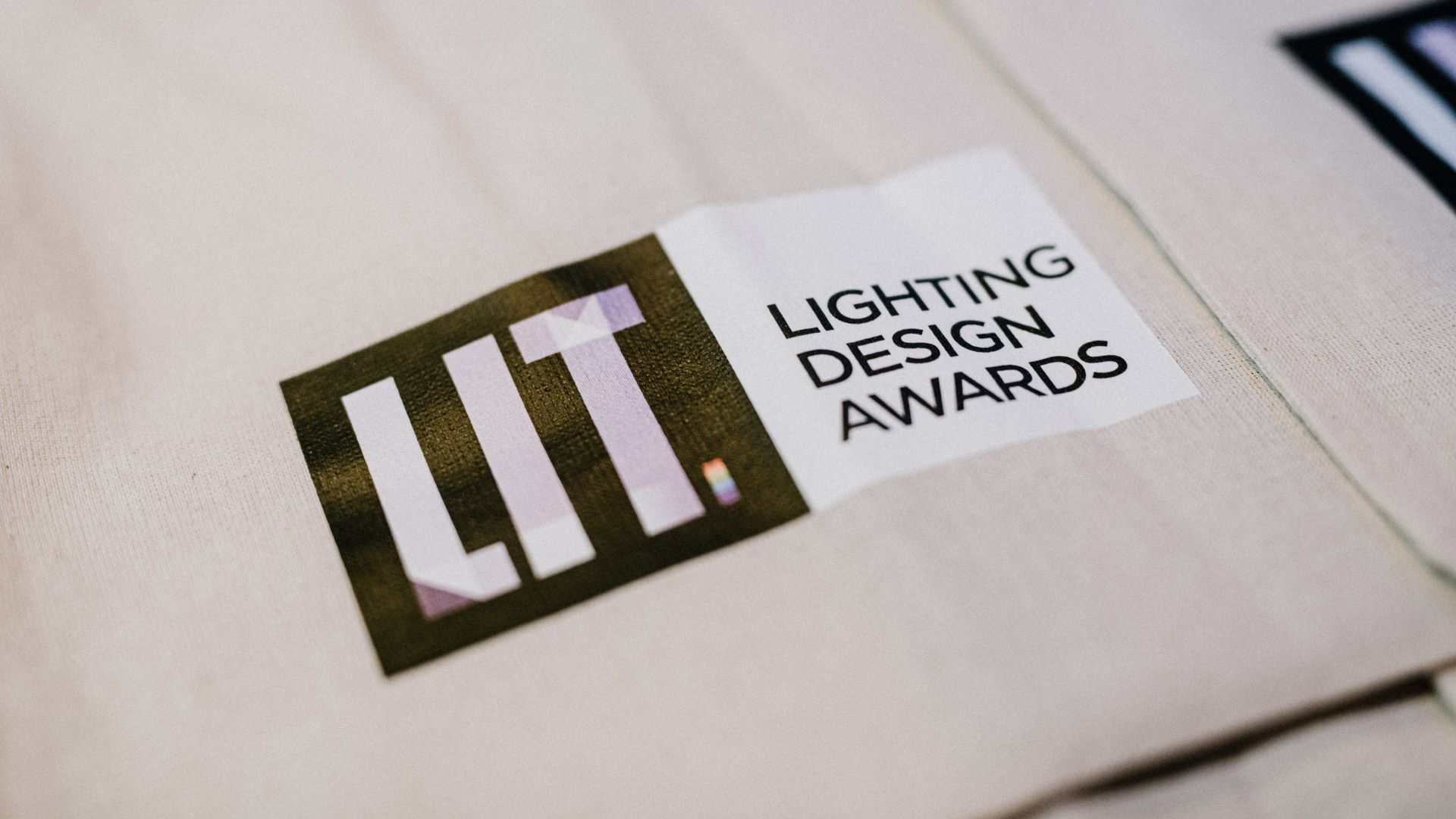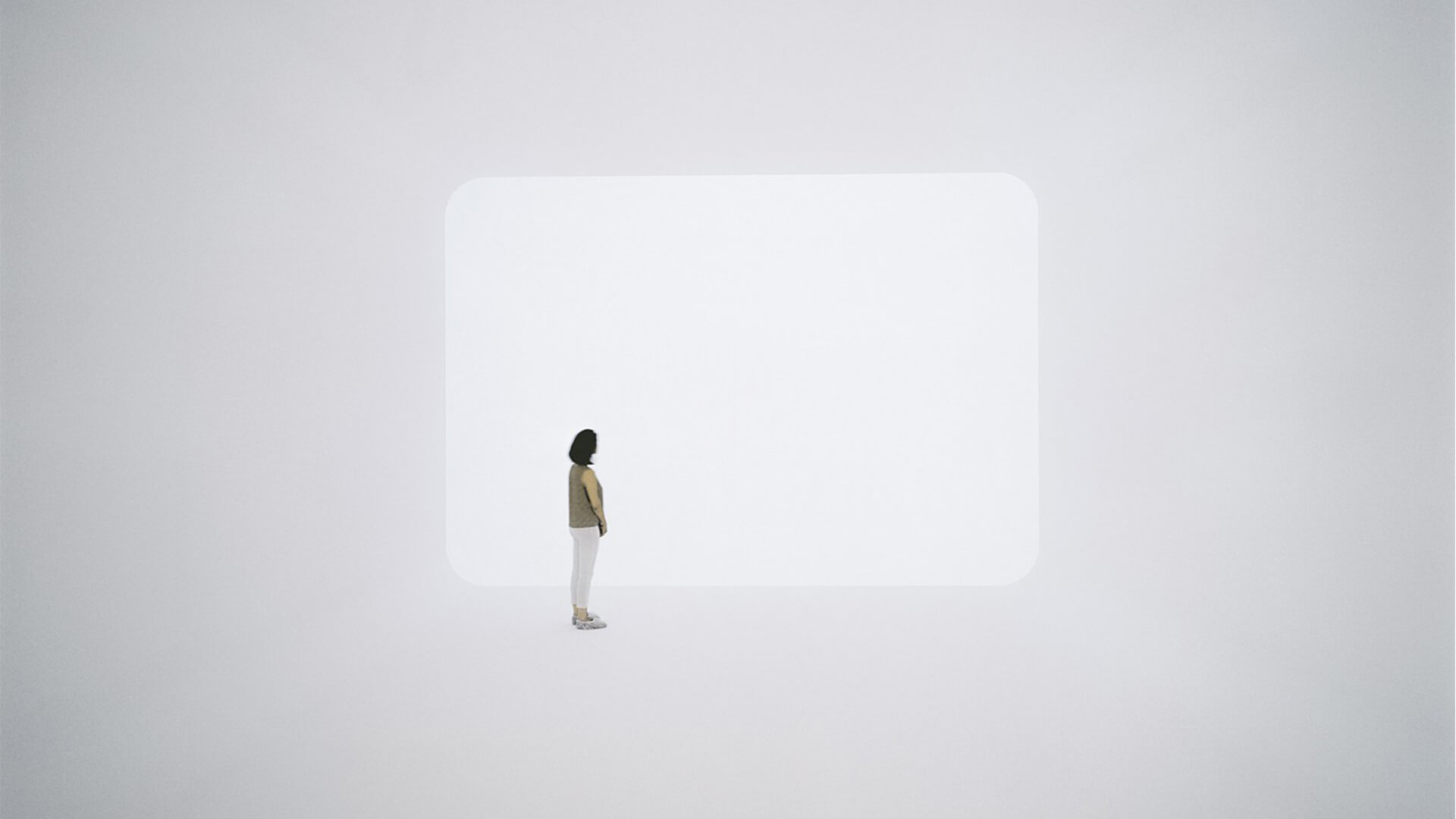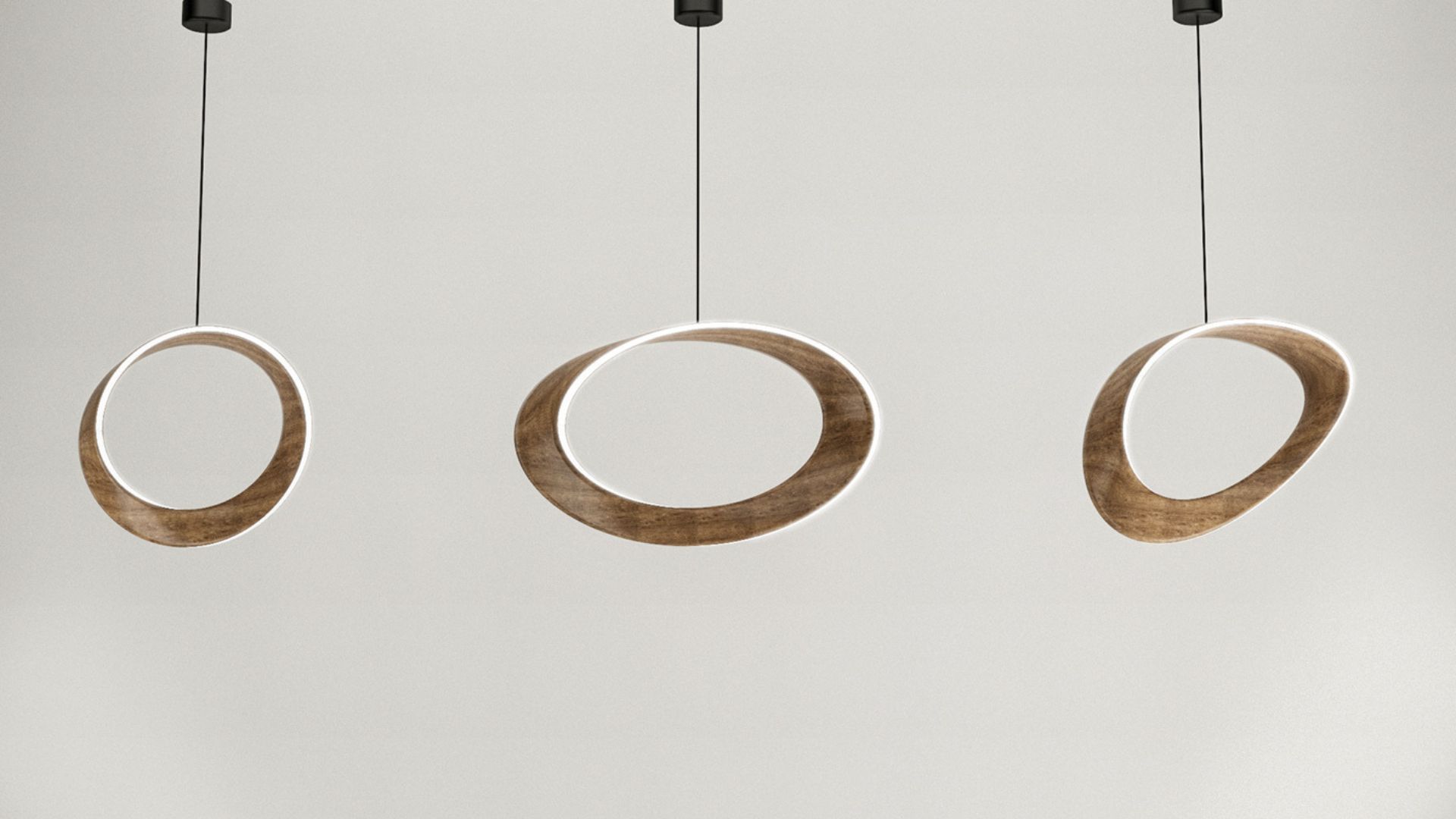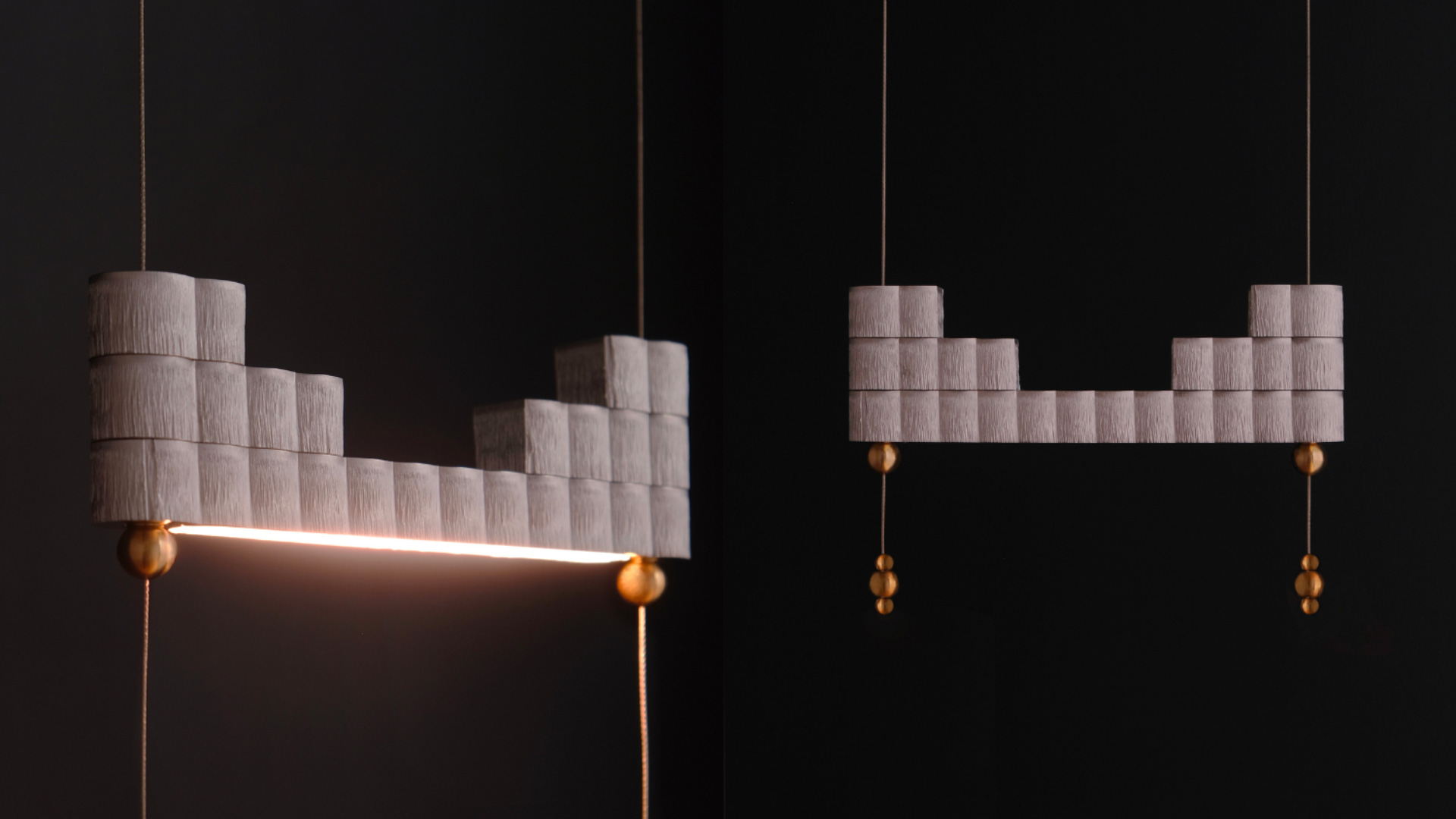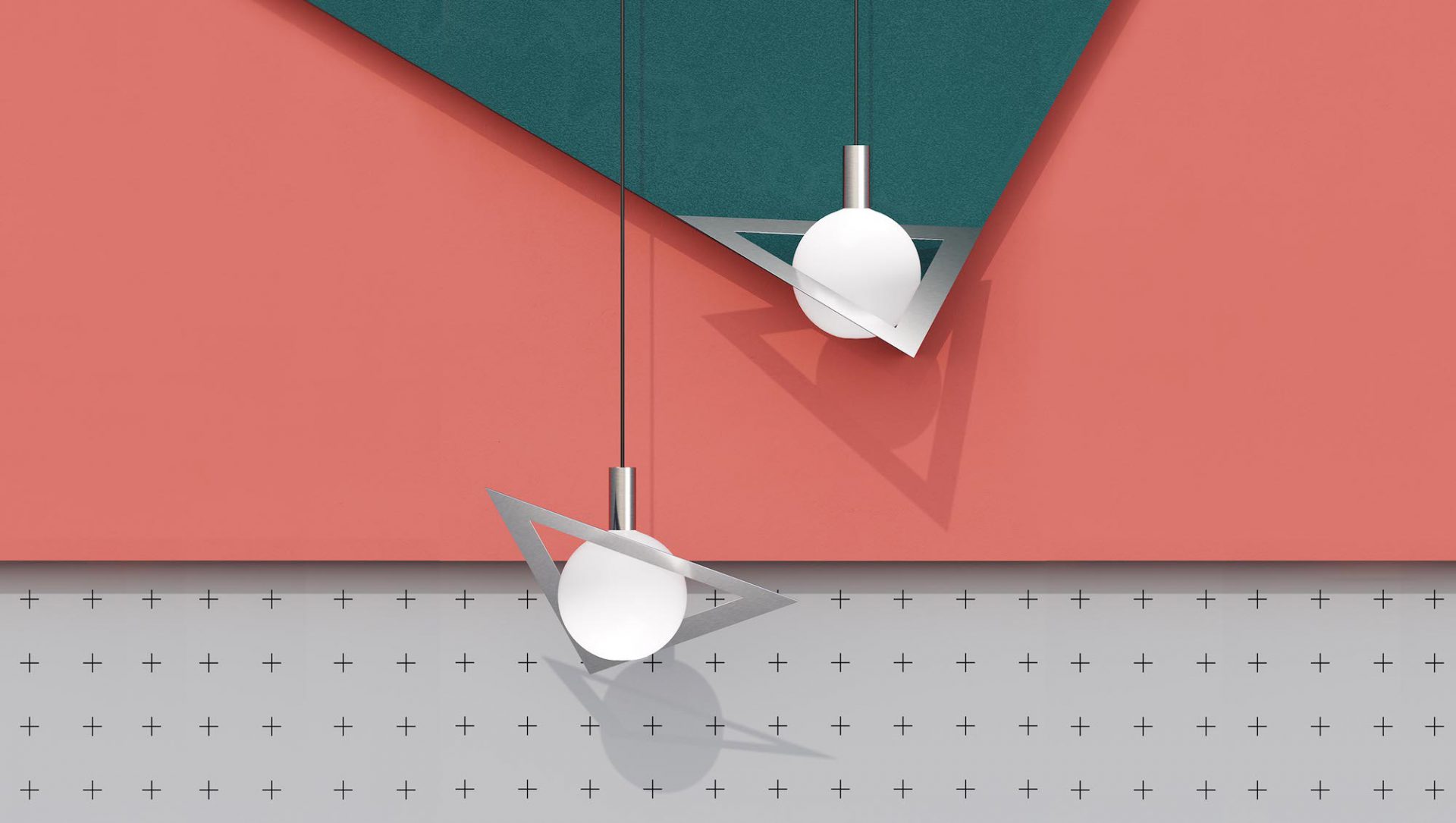A lighting collection that emphasizes the expressive qualities of materials
Marco Zito presents his latest creation for the Italian decorative lighting company Masiero, taking us on a journey through the materials that serve as the project’s primary expression.
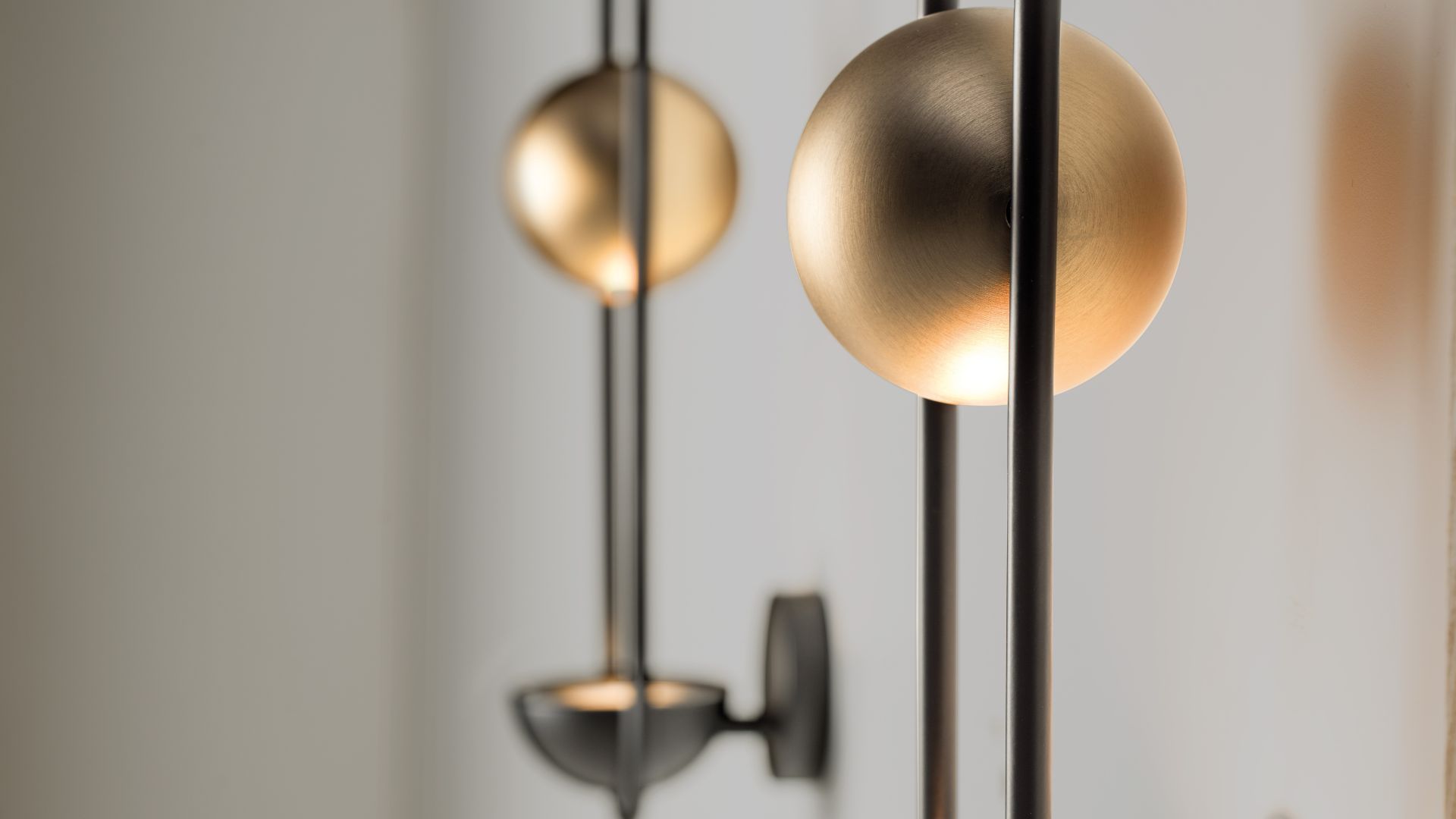
The world of decorative lighting is more complex than it appears at first glance. To explore this intricacy, we interviewed Marco Zito, the designer of Masiero’s new Luppiter collection and the creative mind behind the successful Nappe collection.
Navigating the creative process involves balancing company specifics, from integrating with the existing catalogue and adhering to manufacturing processes to aligning with the brand’s DNA when developing a new product.
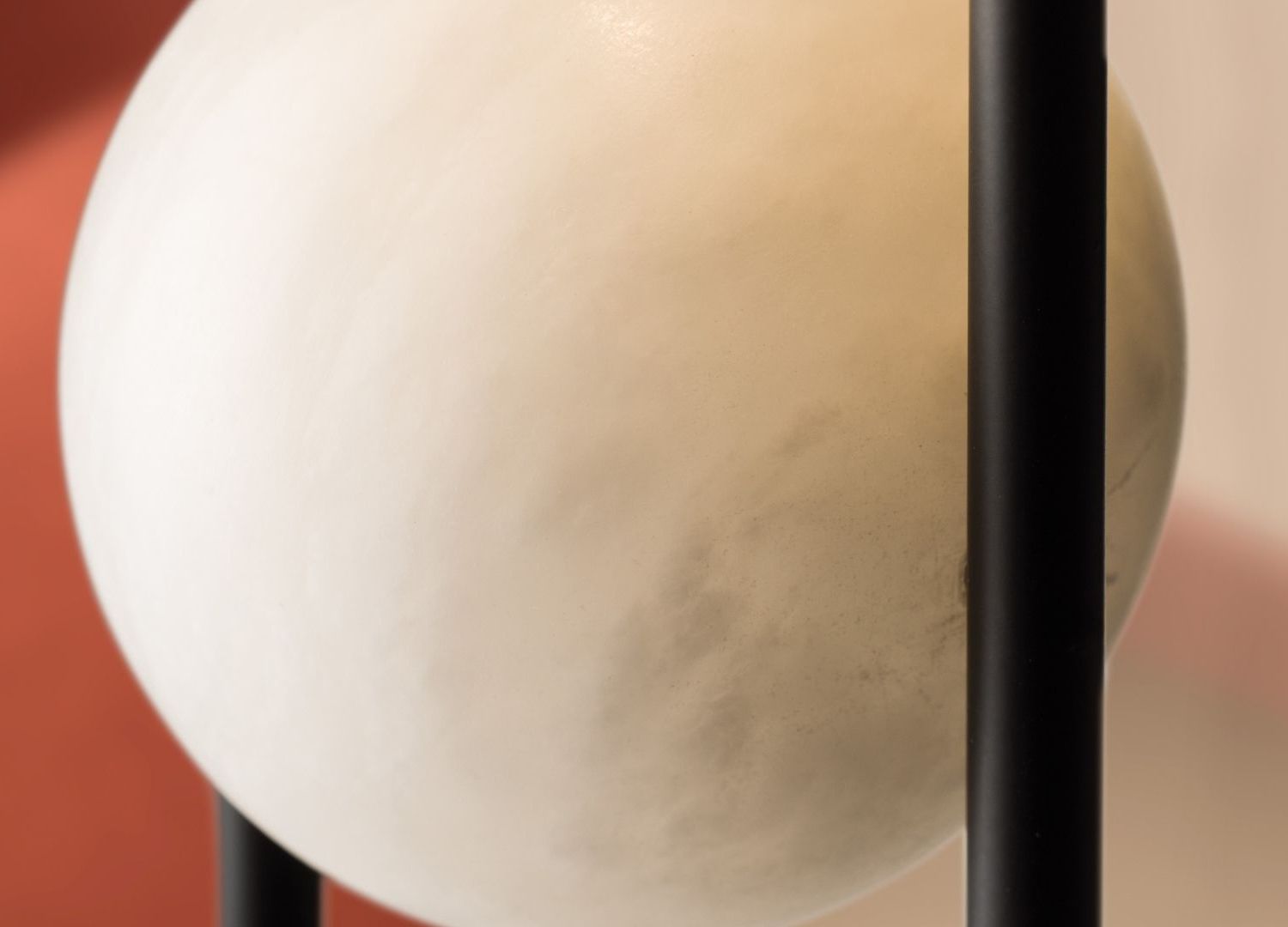
Zito shared insights into the creation of Luppiter, an elegant collection that highlights the beauty of materials and draws strength from its simplicity. This iconic and distinctive design element is crafted to seamlessly interact with the spaces it adorns.
How did the idea of Luppiter come about? What was Masiero’s brief?
Marco Zito:
“The project began with interpreting Masiero’s intricate brief, which emphasized creating a collection with natural variations spanning from suspension to floor lamps. A key focus was the expressiveness of materials and the distinctive metalworking characteristic of Masiero’s production. Collaboration with the company was vital throughout the creative process. From the initial model, the balance of materials, finishes, and lighting types led to a cohesive family of “harmonic sounds.”
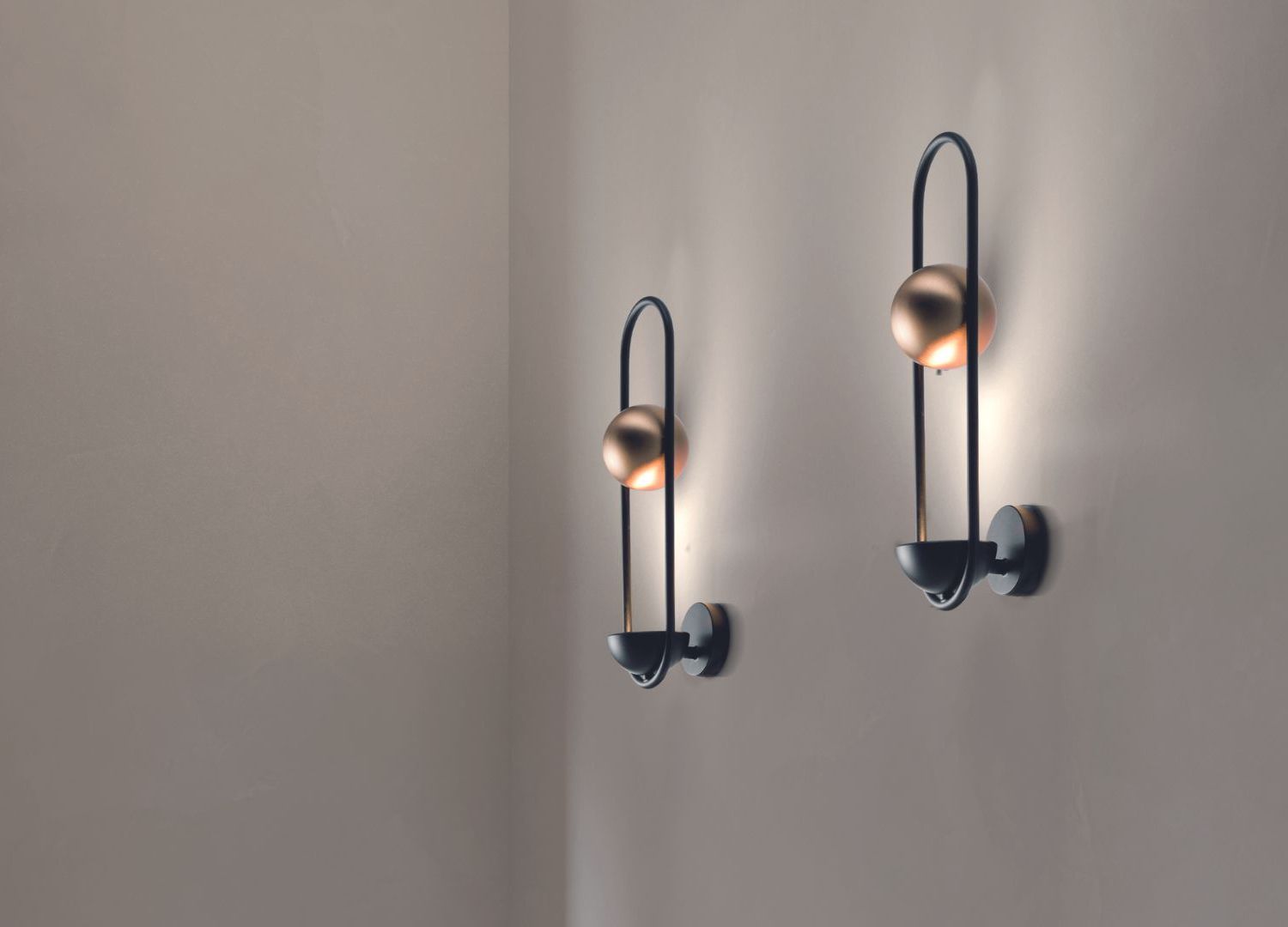
You created a best-selling collection for Masiero, called Nappe. What challenges or unexpected opportunities did you face while developing this new collection?
Marco Zito:
“Indeed, Nappe is a Masiero best-seller! Evolving such an iconic collection is a challenge. Nappe transforms pure decoration into a language, an alphabet that, through combinations of size, shape, color, and material, tells many stories and fits perfectly in diverse environments. Although Nappe is ideal as a suspension lamp, Luppiter allowed us to develop a true system without a “head of the family.” Each piece has its own distinct identity while sharing the same DNA.”
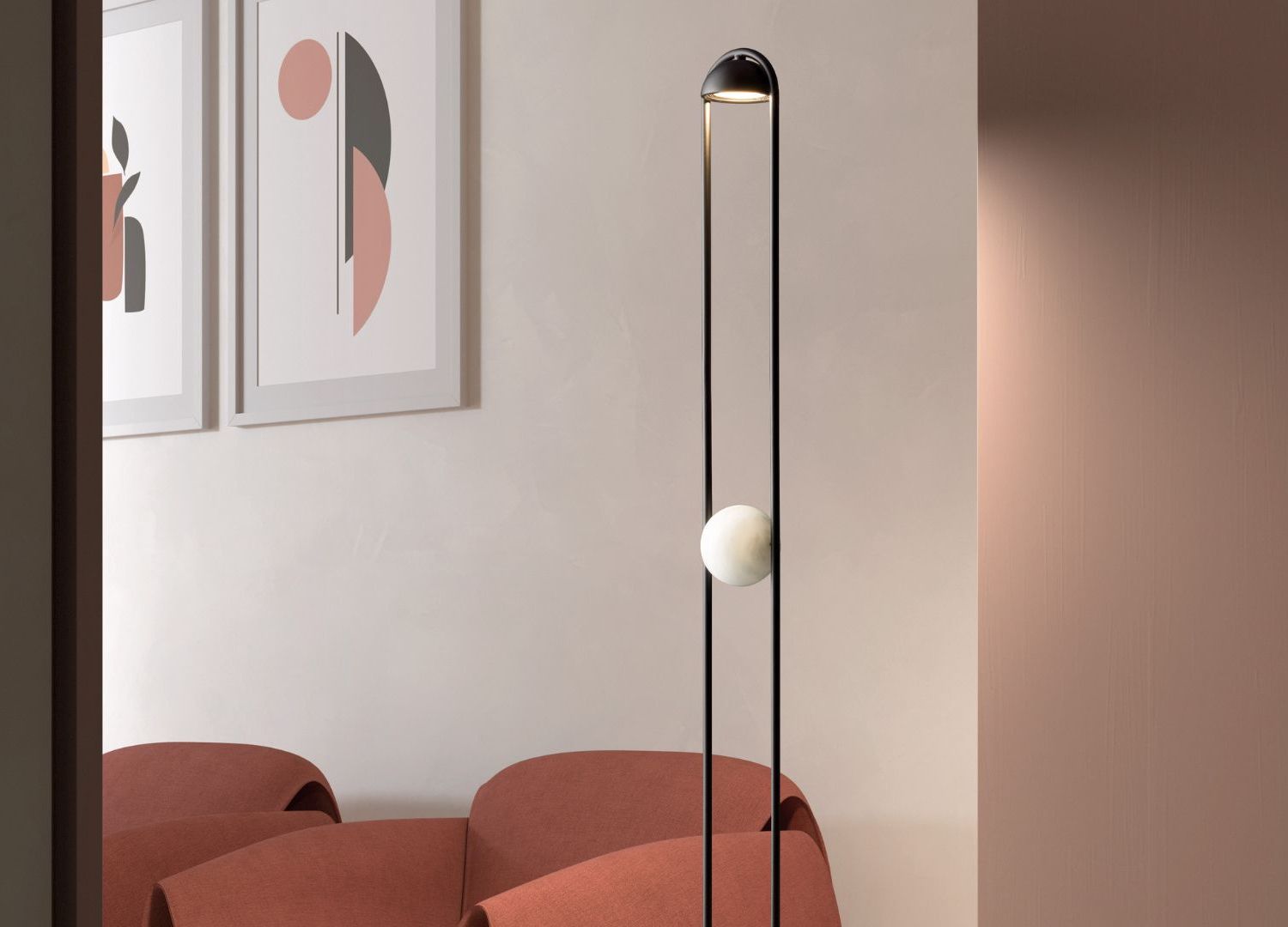
In a wider context, how does Luppiter integrate into Masiero’s contemporary Dimore catalog? What elements did its design intend to contribute?
Marco Zito:
“Dimore is an extensive catalogue featuring diverse shapes and styles tailored to various project needs. Luppiter unifies different forms and materials harmoniously through its distinctive loop, ring, or orbit design. This orbit functions as both a unifying symbol and a technical element. Luppiter is a decorative lamp, yet its components are intricately engineered, from the wiring system to the custom-designed LED projectors.
The light sources not only illuminate the environment but also, thanks to a nearly invisible secondary light source, highlight the exquisite surfaces unique to Masiero’s products. The entire collection stands out whether turned off or on, interacting with both natural and artificial light through its material surfaces.”

From your perspective, what are the key elements necessary for creating a decorative lighting collection?
Marco Zito:
“As previously mentioned, decorative lighting must strike a balance between language, style, aesthetics, and technology—sometimes subtly, but always necessarily, to achieve the perfect illumination. A decorative lighting collection must possess these qualities to harmonize with a wide range of spaces. Its variations in form and function should address the needs of any well-designed project. With Luppiter, the ability to blend decorative and functional elements is seen as a valuable asset for any type of project.”

What are the ideal environments for which Luppiter was intended?
Marco Zito:
“Luppiter’s functional range, aesthetic variations, and lighting performance make it suitable for numerous environments. Throughout the design process, we didn’t target a specific setting. Instead, the ideal space for Luppiter is one that requires versatility in style and technical solutions. For instance, the suspension lights can either illuminate a specific area individually or be arranged to cover larger surfaces. The table lamps, reading lights, and wall sconces adapt seamlessly to various settings, from hospitality venues to homes.”













